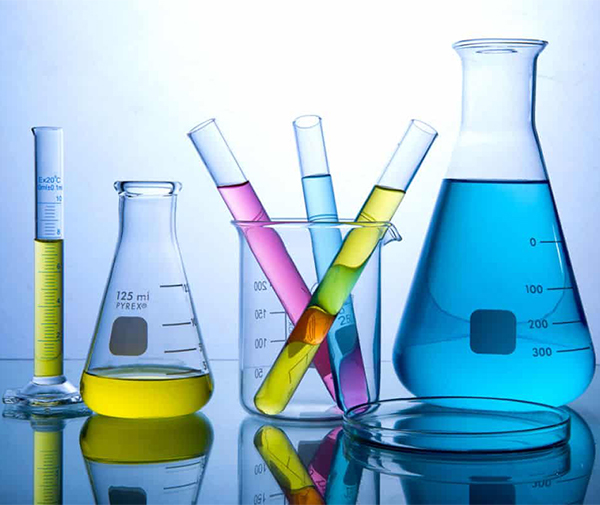CHINA RECOGNIZED INTRENATIONAL MUTUAL RECOGNITION TEST TESTING CNAS L13989
CHINA RECOGNIZED INTRENATIONAL MUTUAL RECOGNITION TEST TESTING CNAS L13989

Nowadays, many children carry schoolbags made of plastic, which are usually made of PVC. PVC is the earliest and most widely used general-purpose thermoplastic in the world. It can be widely used in pipe fittings, building and decoration materials, packaging materials and films, electronic appliances and cables, transportation equipment, leather imitation products and coating materials, medical materials and products, clothing and fabrics, sports and entertainment products, etc.
In the production of PVC, various additives are usually added to improve the properties of products. The addition of plasticizer can improve its processability and give the product flexibility. Good plasticizers are required to have good compatibility with plastics, good durability and good environmental stability. In practice, several kinds of plasticizers are often used at the same time to meet the requirements of the performance of plastic products. There are many kinds of plasticizers and many classification methods. According to the chemical structure, it can be divided into the following types:
Among them, phthalate ester plasticizer has a wide range of adaptability and is a general plasticizer. It can be said that PVC plastics and phthalate plasticizers are all over our lives.
Phthalate esters have been studied in the world since the early 1970s. In the early 1980s, the environmental protection department of the United States found that phthalates can cause liver cancer and disturb the endocrine system, which caused widespread concern. The results show that phthalate ester is a kind of environmental hormone, which contains weak estrogen and can affect the endocrine of organism. It can enter the human body through breathing, diet and skin contact, causing harm to human health. Long term exposure to phthalic acid esters can damage the peripheral nervous system, cause multiple neuritis, sensory retardation, numbness and other symptoms, and inhibit and anesthetize the central nervous system. When phthalates enter the human body, they combine with the corresponding hormone receptors to produce the same effect as hormones, interfering with the maintenance of normal levels of hormones in the blood, thus affecting reproduction, development and behavior. Long term exposure to environmental hormones can cause chronic harm to human body, mainly manifested as reproductive toxicity to human and animals. The fetus is greatly affected by maternal hormones, resulting in male fetuses prone to hypospadias, testicular stop development, penile, decreased sperm count, testicular cancer, prostate cancer and other symptoms. Female fetuses are prone to endometriosis, vaginal cancer, uterine cancer, ovarian cancer, breast cancer and other symptoms. The acute toxicity of phthalate is not obvious, but animal experiments show that it has teratogenicity, mutagenicity and carcinogenesis.
In toys and child care products, DEHP (2-ethylhexyl phthalate), DBP (di-n-butyl phthalate) and BBP (butyl benzyl phthalate) shall not exceed 0.1% (weight percentage). DINP, DIDP and DnOP are not allowed in toys and child care products that can be put into the mouth.
In toys and child care products, DEHP (2-ethylhexyl phthalate), DBP (di-n-butyl phthalate) and BBP (butyl benzyl phthalate) shall not exceed 0.1% (weight percentage). In toys and child care products that can be put into the mouth, the content of DINP (diisoonyl phthalate), DIDP (diisoonyl phthalate) and DnOP (di-n-octyl phthalate) shall not exceed 0.1% (weight percentage).
In toys and child care products, DEHP (2-ethylhexyl phthalate), DBP (di-n-butyl phthalate) and BBP (butyl benzyl phthalate) shall not exceed 0.1% (weight percentage). In toys and child care products that can be put into the mouth, the content of DINP (diisoonyl phthalate), DIDP (diisoonyl phthalate) and DnOP (di-n-octyl phthalate) shall not exceed 0.1% (weight percentage).
In conclusion, various countries have begun to pay attention to the potential hazards of phthalate plasticizers, and the research on phthalate as an environmental hormone may cause harm to human body or the environment is still in progress.
In daily life, we should carefully see the packaging label and use it correctly, and do not heat the plastic packaged products casually.